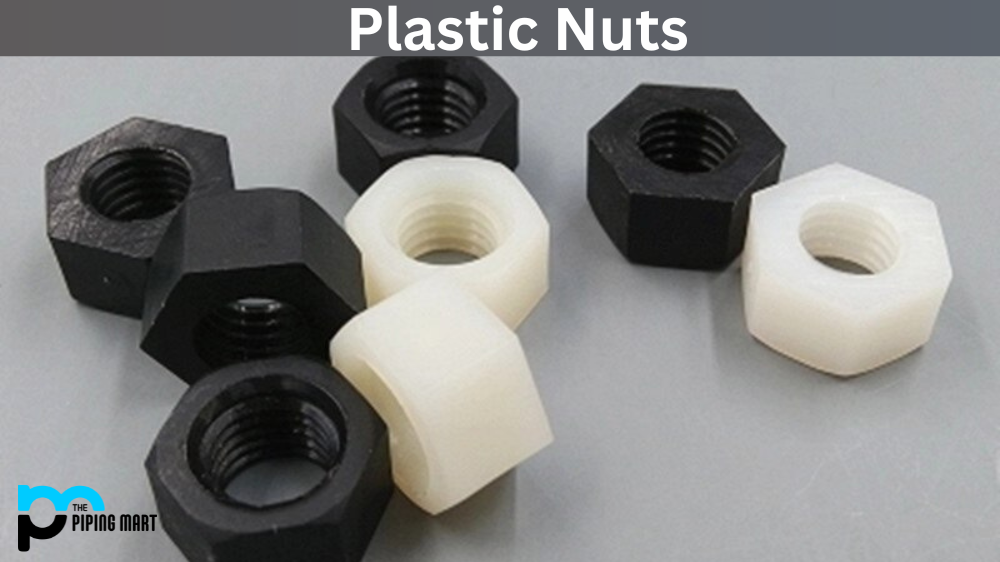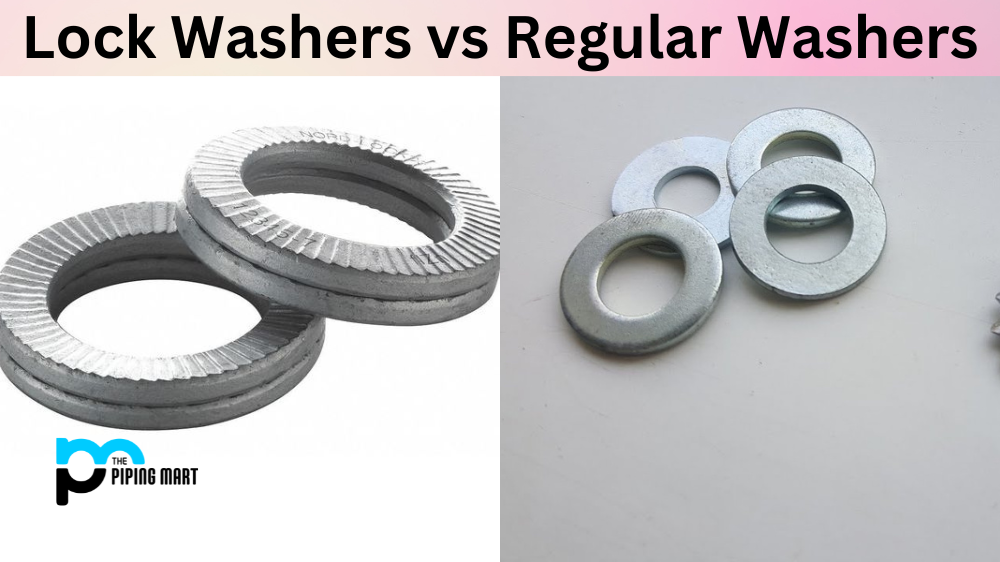When building a pipeline system, the welding process is one of the most important aspects to consider. Welding is critical in ensuring the pipeline is properly installed and functioning as it should. One common welding technique is the use of Weldolets. Weldolets are branch connection fittings that connect a smaller pipe to a larger one. In this installation guide, we will share five key steps to install Weldolets properly in your pipeline system.
Installation Guideline
Prepare the Weldolet Area
Before you begin welding, it is important to ensure that the Weldolet area is properly prepared. This includes removing any surface oxidation or debris that may be present in the area. The surface should be smooth and clean to allow proper adhesion and avoid poor-quality welds.
Choose the Right Weldolet:
The first step is to choose the right weldolet for your pipeline system. The weldolet should match the pipe material used, and the branch size should be appropriate. Additionally, it would help if you considered factors such as the flow rate, pressure, and temperature of the fluid the pipeline carries. Choosing the wrong weldolet can result in leaks and potentially catastrophic failures.
Prepare the Pipe:
Before installing the weldolet, the pipe needs to be cleaned and prepared. This involves removing any burrs or debris from the surface of the pipe. The area where the weldolet will be installed should also be cleaned and inspected for defects or damage.
Cut and Position the Pipe
Next, you must cut and position the smaller pipe connected to the larger one. Measure and mark the pipe before cutting it to ensure the proper length. Once the pipe is cut to the desired length, position it against the larger pipe where the Weldolet will be installed.
Weld the Weldolet
After properly positioning the pipe, it’s time to weld the Weldolet onto the larger pipe. Proper welding techniques are critical to ensure a strong and secure connection. During the welding process, the area should be protected from any interference that may affect the quality of the weld. Once the welding is complete, the Weldolet connection should be left to cool.
Pressure Testing the Weldolet:
After welding, the final step is to pressure test the weldolet. This involves filling the pipeline with water or another fluid and pressurizing it. The pressure should be gradually increased and monitored, with any leaks or defects being identified and repaired.
Clean the Area
After the Weldolet connection has cooled, it is important to clean the area. This includes removing any slag or spatter that may be present on the surface. A wire brush or grinding wheel can remove any excess material. Cleaning the area ensures a smooth surface for the next steps in the pipeline installation process.
Test the Connection
Finally, after the Weldolets have been properly installed, it’s time to test the connection. This can be done by running water through the system at full capacity and checking for any leaks or other signs of damage. A thorough inspection should ensure the Weldolet connection is properly installed and safe for use in the pipeline system.
Conclusion:
Weldolets are an essential component of many pipeline systems. When properly installed, they provide a reliable and secure connection between pipes. To ensure a successful installation, following the steps outlined in this installation guide is important. Proper preparation, cutting, welding, cleaning and testing are crucial to the integrity and efficiency of your pipeline system. So, whether you are a seasoned professional or just getting started with pipeline installation, these five steps should serve as a guide to help you properly install Weldolets in your next project.
Rachana is a dedicated and ambitious young woman who has made a name for herself in the metal industry. From her earliest days in the industry, Rachana showed a natural talent for problem-solving and a keen eye for detail. In her free time, She enjoys reading up on the latest advancements in the industry, as well as exploring new ways to innovate and improve upon existing processes.




